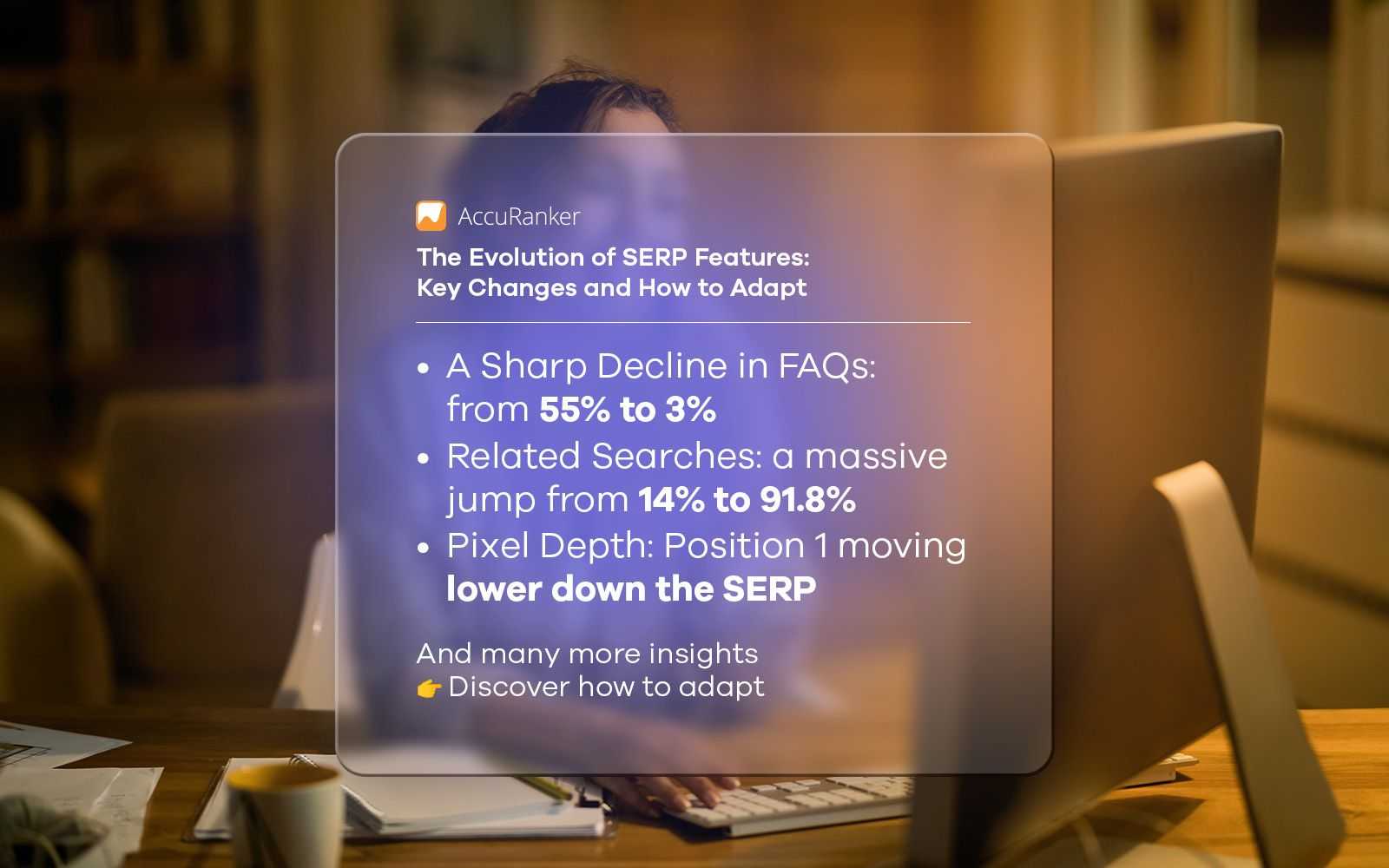Convert visitors into customers: Increase your online conversion rates with these 8 strategies
Last updated on Saturday, October 28, 2023

Most marketing teams today are focused on gaining traffic to the site and hoping that this traffic converts into leads for sales. But to be real, this is just halfway. Aiming to get more than traffic and leads rather than purely new traffic helps you have long-term success and sustained growth. Customers are not just the people you want to reach out to but the ones you should focus your marketing strategy around.
With this, customers should be kept engaged for them to take action. This post will cover the discussion about conversion optimization, its importance and the eight most effective strategies to optimize a website's conversion.
What does conversion optimization entail, and why should you care?
Conversion optimization, or CRO (conversion rate optimization), is about increasing the percentage of users or visitors that take a specific action. It can be filling out a form or making a purchase to increase lead generated and earned revenue. Conversion optimization is beneficial to all sizes and types of businesses in their respective industry.
CRO is important as it allows you to have lower customer acquisition costs by getting more value from existing visitors and users. It allows your website to work smarter and generate more qualified leads by improving the possibility of the visitors taking action on a website. It involves generating ideas for website or mobile app elements that can be improved and validated through A/B and multivariate testing.
Understanding two important things about "conversion"
You should understand important things to optimize your website's conversion–the actions your visitors should take to increase conversions and why they are not converting.
What actions should visitors take on a website to increase conversions?
There are various actions that visitors can take on a website to increase conversions. Some examples include:
Filling out a contact form: The visitors will provide their contact information in exchange for more information or a consultation – commonly on lead generation websites.
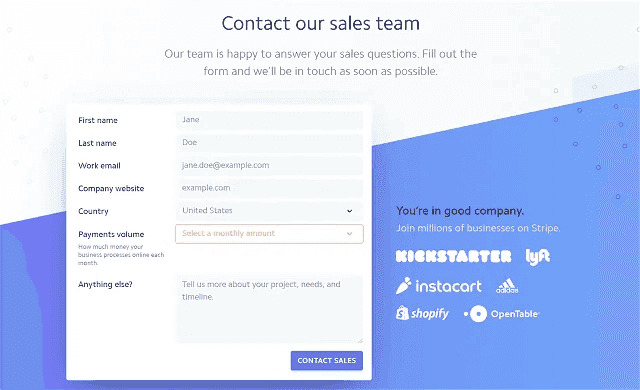
Making a purchase: E-commerce websites aim for visitors to make a purchase. It could be adding items to their cart, completing the checkout process, or subscribing for a recurring purchase.
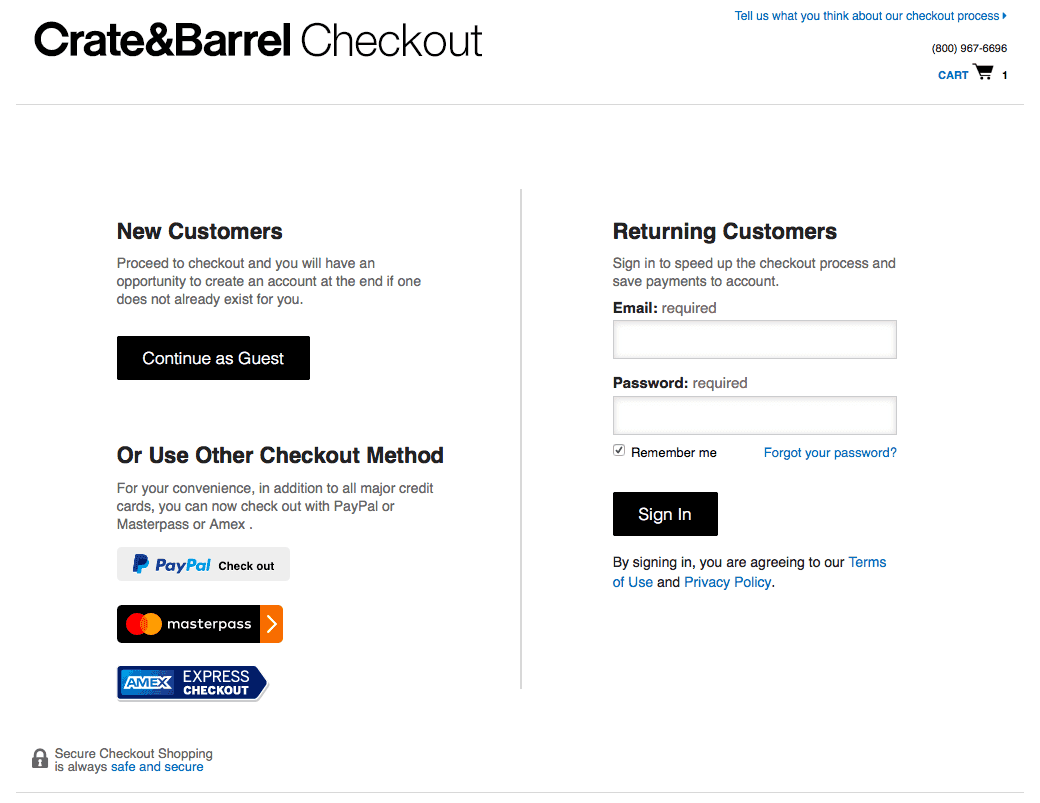
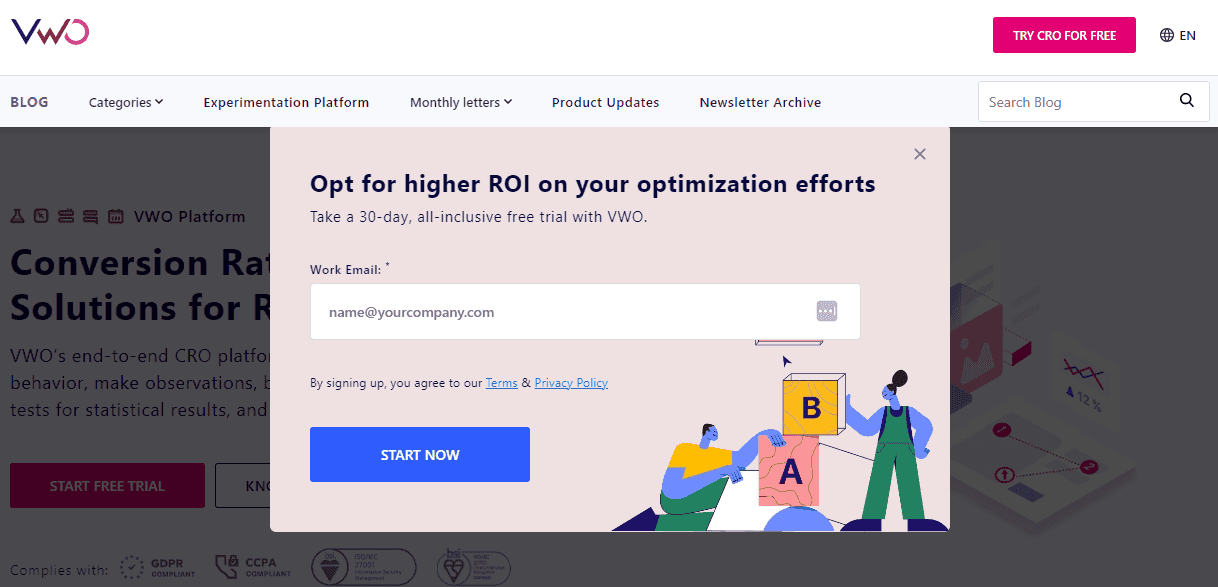
Subscribing to a newsletter or email list: It allows businesses to nurture leads and stay in touch with potential customers, increasing the likelihood of a future conversion.

Why are website visitors not converting?
When visitors come to your website, it's either they take action or not. Some become customers, subscribers, registrants and leads, but most of them do not.
Conversion is the bloodline of a business. Understanding why your visitors are not converting helps you identify areas where you can improve. Here are the possible issues and reasons that prevent or stop them from taking the desired actions:
Not utilizing SEO
Search Engine Optimization improves your website to rank at the top of SERPs. If you don't utilize SEO strategy in your website, it is unlikely that you will ever rank – your website will not be seen, have fewer or no visitors, and have less to no chance of conversion.
No call-to-actions (CTAs)
Call-to-actions are the elements that encourage visitors to take action. There are different CTAs, depending on your industry, and you should have an abundance of them on your website. Without it, visitors have no clear path to action when it is your goal.
Lack of product value
It is applicable to e-commerce websites. When you want them to buy products or services from you, make sure that these provide value. It makes the decision-making process of your visitors simple and easy.
Poor mobile experience
During the first quarter of 2023, mobile devices generated 58.33% of the world's website traffic. If you want a higher possibility of conversion, you should have your website mobile-friendly. Slow-loading pages of a website on mobile devices make your visitors want to look for another website that would show them what they are looking for faster.
What is a conversion rate?
Conversion rate is the percentage of people that took the desired action – filling up a form, signing up for service and buying products. Conversion can happen in any part of your website, so maximize your conversion rate optimization on each location.
Websites with high conversion rates are well-designed, effectively formatted and appealing to visitors. In comparison, low conversion rates in websites have an issue with website design and performance.
Before we talk about the benefits of CRO, let's first walk through how to calculate the conversion rate of your website.
The conversion rate is calculated by dividing your number of conversions by the total number of visitors and then multiplying by 100 to get the percentage.
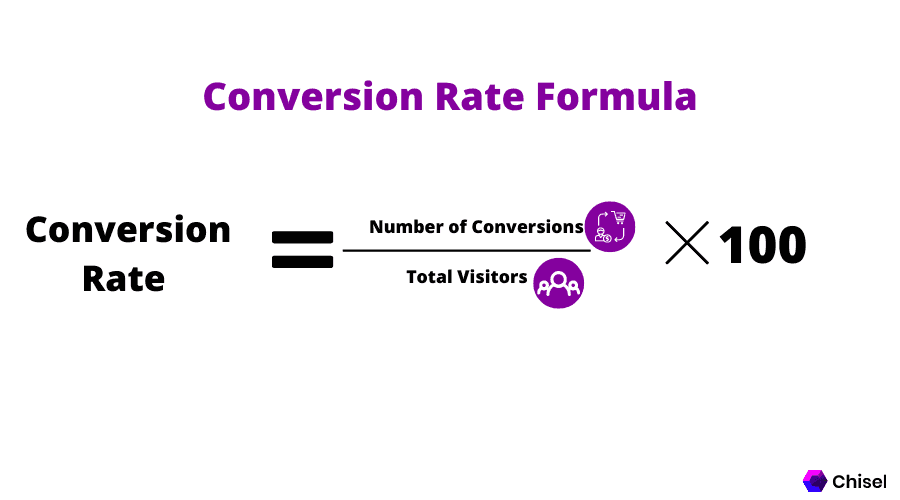
For example, if you have 500 conversions for 20,000 visitors in a period, then you have a 2.5% conversion rate.
Now, why should you care about conversion optimization? Here are several compelling reasons:
Increase Return on Investment (ROI): With conversion optimization, your acquisition cost of customers is lower, and you will attain a high conversion rate, resulting in a better return on investments.
By improving your marketing campaign, the quality of your visitors who are attracted to the message and eager to learn more can result in qualified conversions. It helps you get more out of your marketing budget, propelling your business for long-term, sustainable growth.Improve SEO Rankings: CRO strategy helps you identify the website pages that need to be optimized to be visible to users. By improving engagement on your pages, like click-through rates, time spent on the page, and the average number of visited pages, you will be seen as trustworthy and relevant, leading to an increased organic ranking.
Enhance User Experience (UX): CRO aims to encourage users to take a desired action. When you do CRO, you will be able to improve elements that need to be optimized. It includes design, speed, navigation, and personalization, which are all essential for a good user experience.
Improve Website's Reputation: When users and visitors take the desired action, you have given them what they want. It builds credibility and trust in your website, improving its reputation.
Increase Brand Awareness: CRO is not directly aiming to boost brand awareness. However, it can indirectly increase brand awareness through improving customer experience, increasing customer engagement, and strengthening brand credibility and identity.
Now that you have reasons to care, let's talk about how to implement conversion optimization.
Most effective strategies to optimize your website's conversions
With the high competition in today's digital market, it is important for businesses to have an effective online presence to attract and retain customers. An optimized website can significantly impact the success of a business. Here are the most effective strategies you can implement to optimize your website's conversions:
Understand the conversion funnel.
The conversion funnel is the framework of the process the customers progress through until they take the desired action. It consists of:
Top funnel (TOFU) - Awareness
Middle funnel (MOFU) - Interest and evaluation
Bottom funnel (BOFU) - Desire and action
As the customer journey progresses through each stage of the funnel, it is important to optimize each step to attract more visitors and increase conversions.

In the top funnel, visitors get to know about you. They are searching for information through a search engine. Here, providing compelling content that resonates with the target audience and attracts them towards your brand is essential. It can be through informative blog posts, social media engagement, and paid search advertising.
In the middle funnel, visitors are interested in your product or service and evaluate their options. To optimize the middle funnel, you should provide personalized, valuable content that helps customers make informed decisions and builds trust.
In the bottom funnel, visitors have decided to take action and are ready to convert. It is where they may make a purchase, sign up for a service or fill out a form. Businesses need to make it easy for customers to take the desired action with a call-to-action, user-friendly forms, and a seamless checkout process to optimize the bottom funnel.
Improve your website's user experience.
User experience is everything when it comes to converting visitors into customers. It refers to a user's overall experience while interacting with your website. An excellent and enjoyable experience on a website makes a huge difference in whether a visitor will take an action or not. A positive user experience can increase customer engagement and conversion, while a negative experience can drive visitors away.
Businesses must analyze user feedback and behavior on their site through surveys, comments, or direct conversations with users to improve UX. Understanding what users like and dislike about the website can help businesses see what works and what doesn't and make necessary improvements to enhance user experience.
Conduct a website audit to determine areas for improvement.
A website audit is important to identify areas that need improvement. It should encompass page load speed optimization, mobile responsiveness and user-friendly navigation. Certain pages hugely benefit from CRO when optimized.
Homepage
It is the main prospect of conversion optimization. Aside from giving visitors a first impression, it gives the opportunity to retain visitors and further guide them on the website. On this page, you can emphasize links to the product pieces of information, offer a free signup button, and include a chatbot that asks questions from visitors regarding the browsing experience.
Blog
Blogs give a huge opportunity for conversion as it converts readers into leads. High-quality and engaging content creates a sense of trust and credibility in the company, which can lead to increased conversions. Optimize the blog layout with related posts, social media sharing buttons, and call-to-action buttons to further drive conversions.
Product or Service Pages
Visitors go to these pages for more information about the products or services offered. You should optimize these pages with high-quality images, detailed descriptions and customer reviews to influence a potential customer's decision to make a purchase. Also, clear and visible call-to-action buttons can make converting visitors into customers easier.
Landing Pages
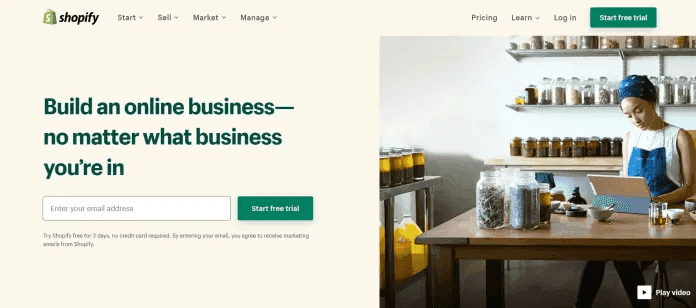
It has been known that landing pages are designed for people to take action. Omnisearch researched over 128,000 email campaigns and found that landing pages obtained the highest conversion rate of 23%.
Landing pages are specifically designed to capture visitor's information. Optimize landing pages by using persuasive and attention-grabbing headlines, clear and concise forms, and relevant visuals to increase the chances of conversion.
Checkout Page
The checkout page is where visitors complete their purchases. It is important to optimize this page by making it user-friendly, simple and secure. Including multiple payment options, a progress bar to show the checkout process steps, and trust badges help promote confidence in visitors and encourage them to complete their purchases.
Contact Page
The contact page is often overlooked when it comes to conversion optimization. However, businesses can build trust and credibility with potential customers by making it easy for visitors to reach out and ask questions. Including a contact form, a phone number, and live chat options can make it easier for visitors to get in touch, leading to potential conversions.
Focus on content that is already performing well and improve it.
Businesses should analyze performing-well content and improve them to maximize the impact of content. It could be blog posts with a high engagement rate, social media posts with many shares or website pages with a high conversion rate.
A good content marketing strategy helps gain more leads and company growth. Businesses can enhance content quality and relevance through keyword optimization, creating catchy headlines, and incorporating multimedia elements like images and videos. These tactics can help attract more traffic and engage visitors, increasing the chances of conversion.
Content should also be regularly updated to keep it fresh and relevant. It can be done by adding new information, including current statistics and trends, or repurposing the content for different platforms to help improve its impact but also keep it appealing to users.
Craft compelling calls to action for maximum effect.
In digital marketing, call-to-action drives conversions, guiding users to the customer journey and influencing their decision-making process. An effective CTA should be clear and relevant with a sense of urgency. It should clearly state what the visitor will get by taking the desired action and why they should do it now.
Some examples of effective CTA phrases include "Sign Up Now," "Book an Appointment," or "Get Your Free Trial Today."
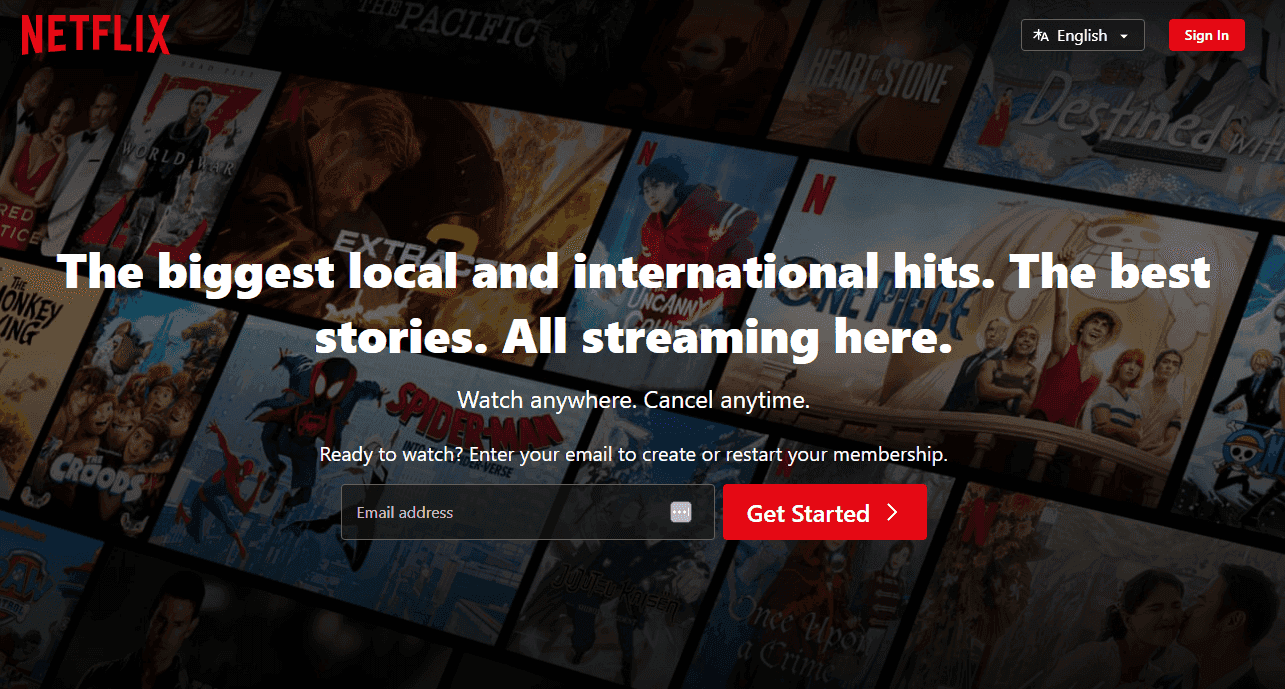
In addition to the wording, placement is also crucial. CTAs should be strategically placed on high-traffic areas of a website and stand out visually from other elements. Here are tips for designing visually appealing CTAs that grab attention:
Use contrasting colors: Choose a color that stands out throughout the website to make the CTA pop.
Utilize white space: Leave enough room around the CTA to make it stand out and easy to click on.
Make it big and bold: The CTA should be easily noticeable and clearly communicate the desired action.
Use A/B testing for improved conversion optimization.
A/B testing enables individuals, teams, and companies to make improvements to their user experiences while collecting data on the impact of those changes. It allows for the construction of hypotheses and provides insights into which elements and optimizations of user experiences significantly impact user behavior.
A/B testing works by creating two or more versions of a webpage or element (header, images, buttons, design, layout, landing pages and navigation) and comparing them to identify which one performs better. It challenges assumptions and can prove or disprove opinions about the best user experience for conversion rate optimization (CRO).
Track the key metrics for measuring conversion rates.
Tracking key metrics is crucial for understanding how successful a business's conversion optimization efforts are. Below are some important metrics to monitor:
Conversion rate: The percentage of visitors who took the desired action (e.g., signing up, making a purchase). It is the ratio of your conversions to the number of visitors.
Click-through rate (CTR): The number of clicks on a specific element or link compared to the total number of visitors. It provides insight into how compelling the call-to-action is and how it aligns with the goals of the visitors.
Bounce rate: The percentage of visitors who leave a website without taking any action or viewing other pages. A high bounce rate indicates that the content is irrelevant or engaging enough for visitors.
Average order value (AOV): This metric shows the average amount customers spend per transaction, providing insight into their purchasing behavior.
Customer lifetime value (CLTV): This represents the total amount a customer spends during their relationship with a business. It helps determine the worth of acquiring and retaining customers.
It is important to constantly monitor and analyze these metrics to identify areas that need improvement, make necessary adjustments, and improve overall conversion rates.
Utilize tools for conversion optimization.
CRO tools help you understand why visitors aren't converting into customers or leads, identify areas for improvement to increase the website's conversions, and test changes to the website to attain the highest conversion rates.
Here are some popular tools that can be used to help optimize a website for conversions:
Google Analytics: This powerful tool is best for tracking traffic data. It tracks traffic patterns and sources and real-time goal conversion rates. You can also identify here where visitors exit and pages with high bounce rates.
Crazy Egg: This tool uses heat maps to show how users interact with a website, providing insights into what elements draw attention and what areas need improvement.
Heap: This web analytics tool gives in-depth insights about user's interaction with your app or website. It tracks page views and sessions, form submissions and clicks to help you understand how people interact and use your website.
Hotjar: Hotjar offers heatmaps and session recordings to identify customer experience pain points on your website. It helps business to improve their user experience and increase conversions.
HubSpot: This all-in-one marketing platform offers marketing automation that helps you convert leads into your customers. It connects teams, data and customers to help your business grow.
Real-life case studies

Walmart Canada has seen mobile traffic and found out that their website on mobile was awful and took too much time to load. So, they went on a fully responsive website in whatever device or screen size it is running from. Some approaches that they did include loading speed, caching and icon fonts. After this, their mobile orders went up by 98%, and the overall conversions boosted by 20% of all devices.
Nature Air were not satisfied with the conversions they were making with their several landing pages. They ran an A/B testing with one landing page with a prominent CTA in the content area where it is easy to find. With this, their conversions increased by 591% – from 2.78% to 19%.
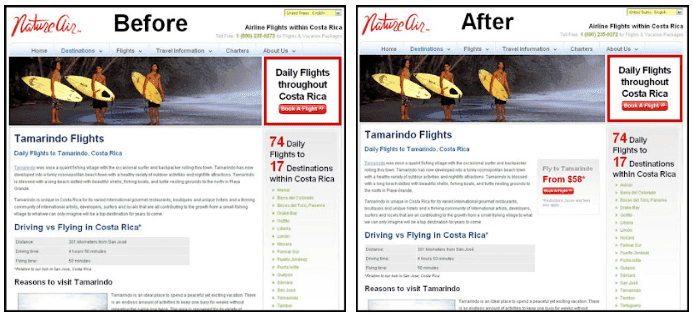
Final thoughts: Implementing CRO strategies is crucial for any online business
In today's digital age of competition, and user attention spans are short; conversion optimization is crucial for the success of any online business. By utilizing A/B testing, tracking key metrics, and using CRO tools, businesses can continuously improve their user experience and increase conversion rates.
Real-life case studies have shown the impact of implementing effective CRO strategies. From improving website loading speed to optimizing call-to-actions, small changes can significantly impact conversion rates and ultimately lead to increased revenues.
Don't wait any longer! Start implementing CRO strategies today and see their positive impact on your business.

Article by:
Kevin
Founder of Aemorph
Kevin is the CEO, Founder of Aemorph. A seasoned entrepreneur and digital marketing expert. Kevin started in digital marketing, specializing in Search Engine Optimisation since 2010, and is helping Finance, Insurance, E-commerce, Medical, B2B, and SaaS companies.


